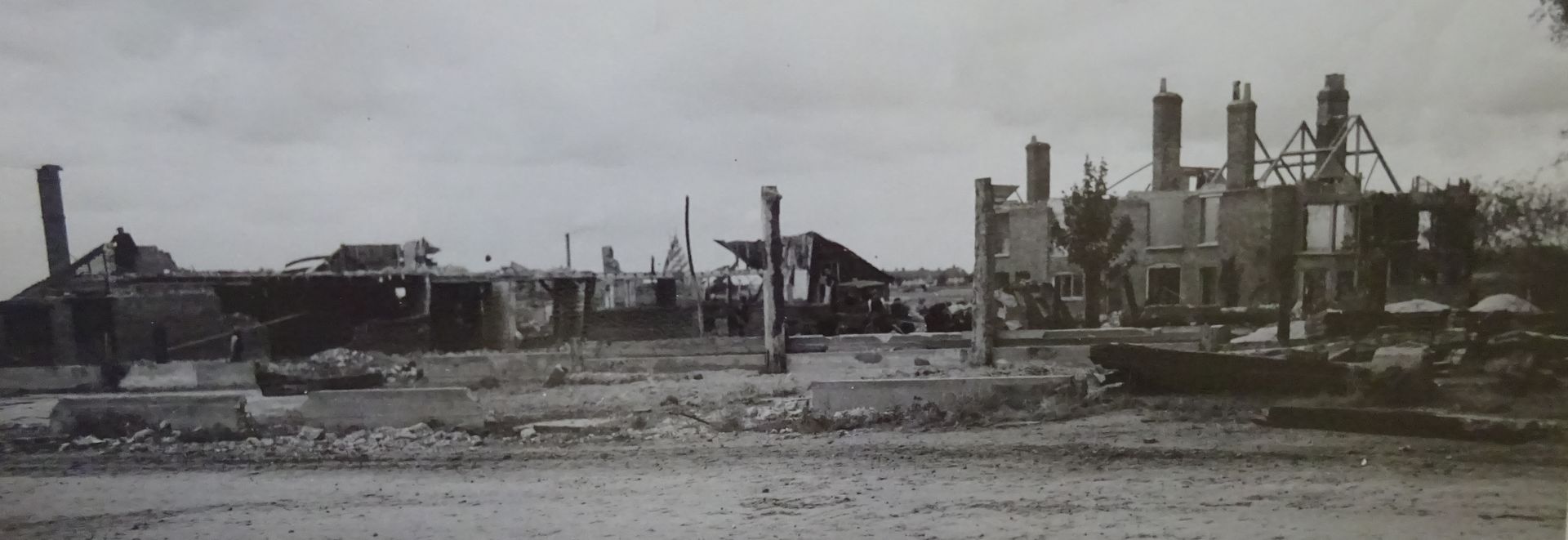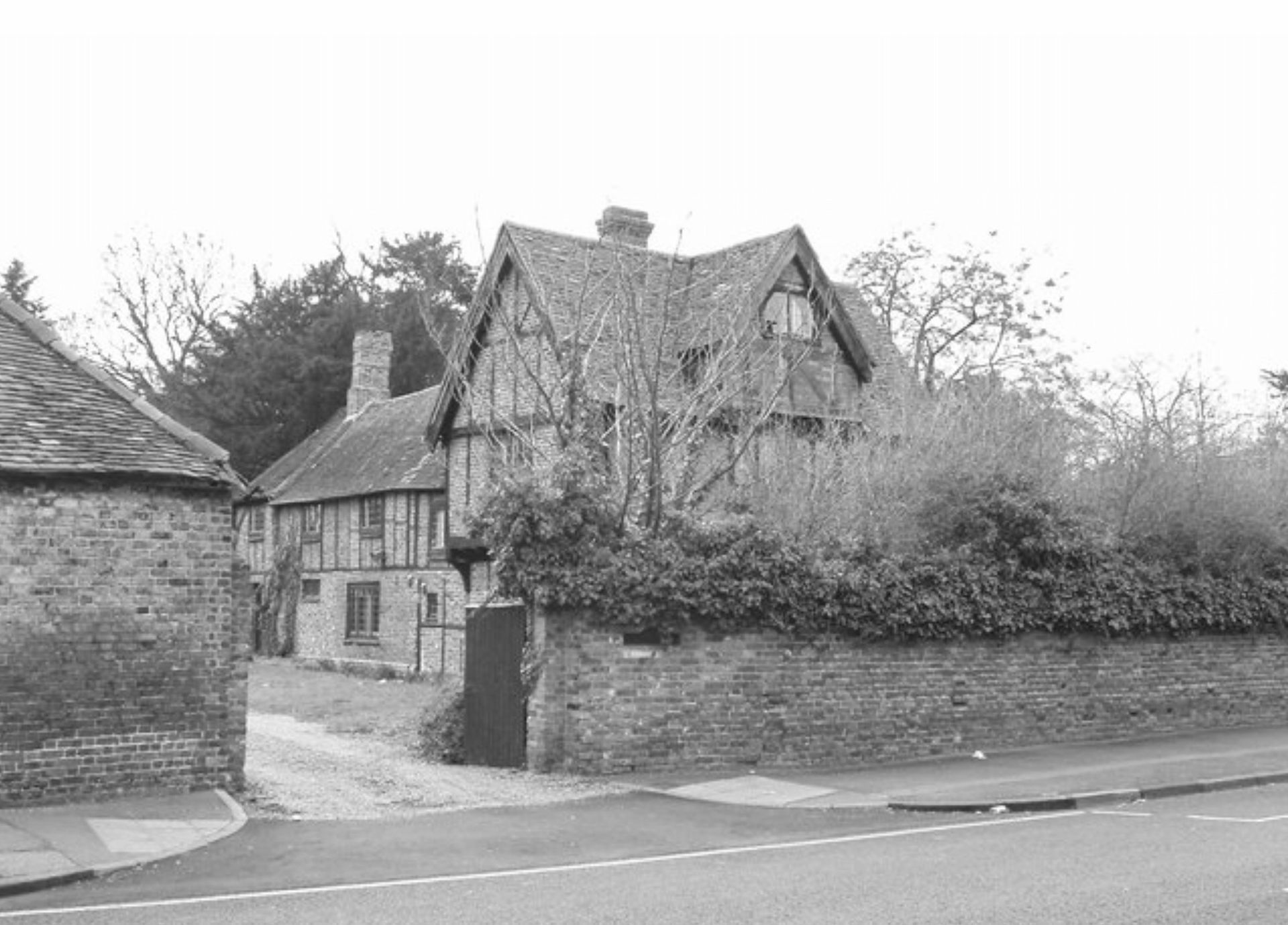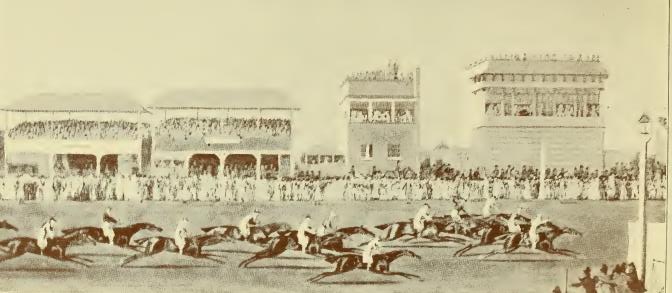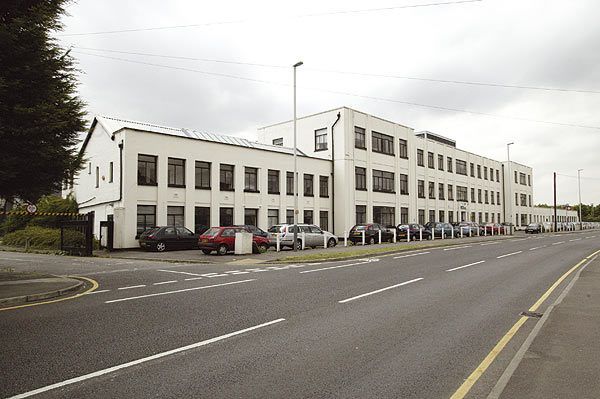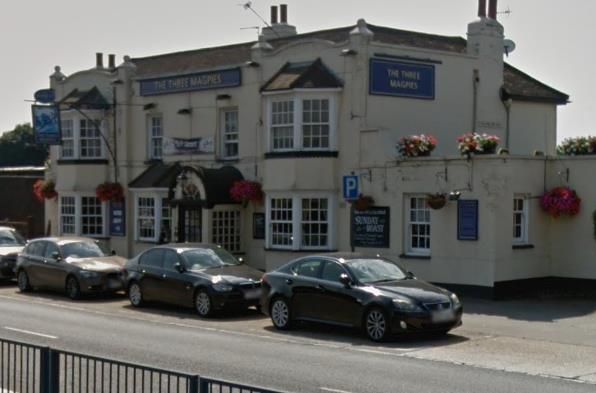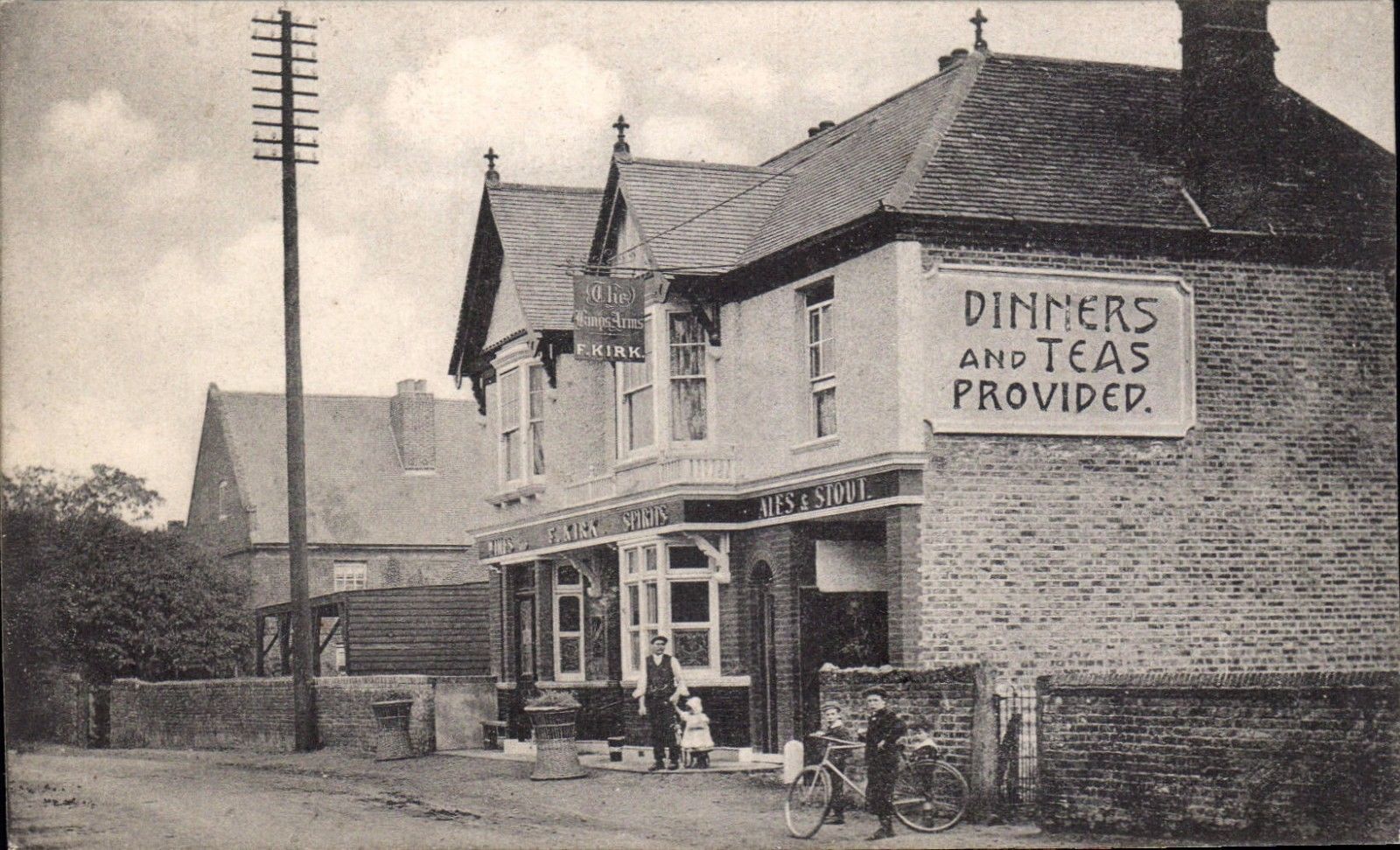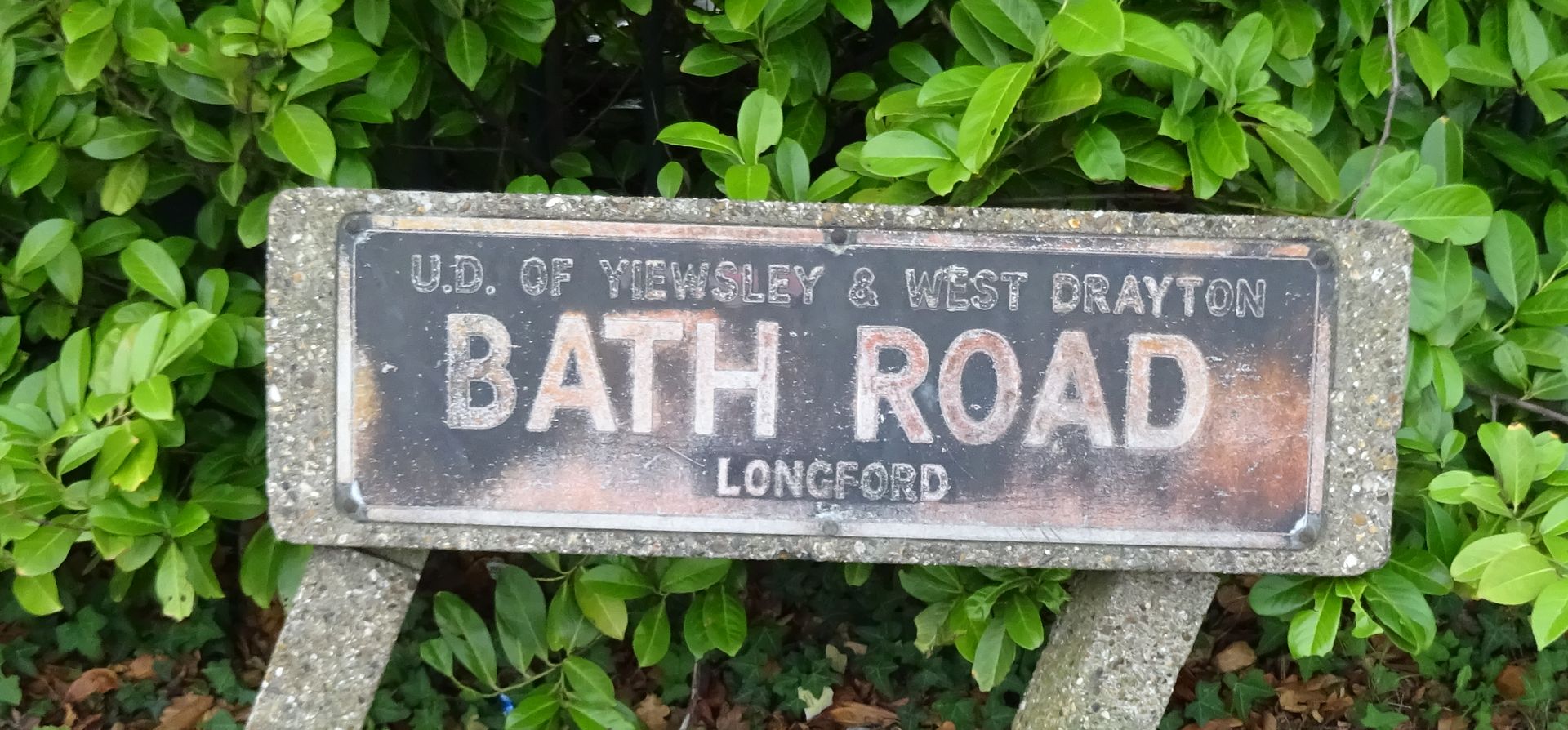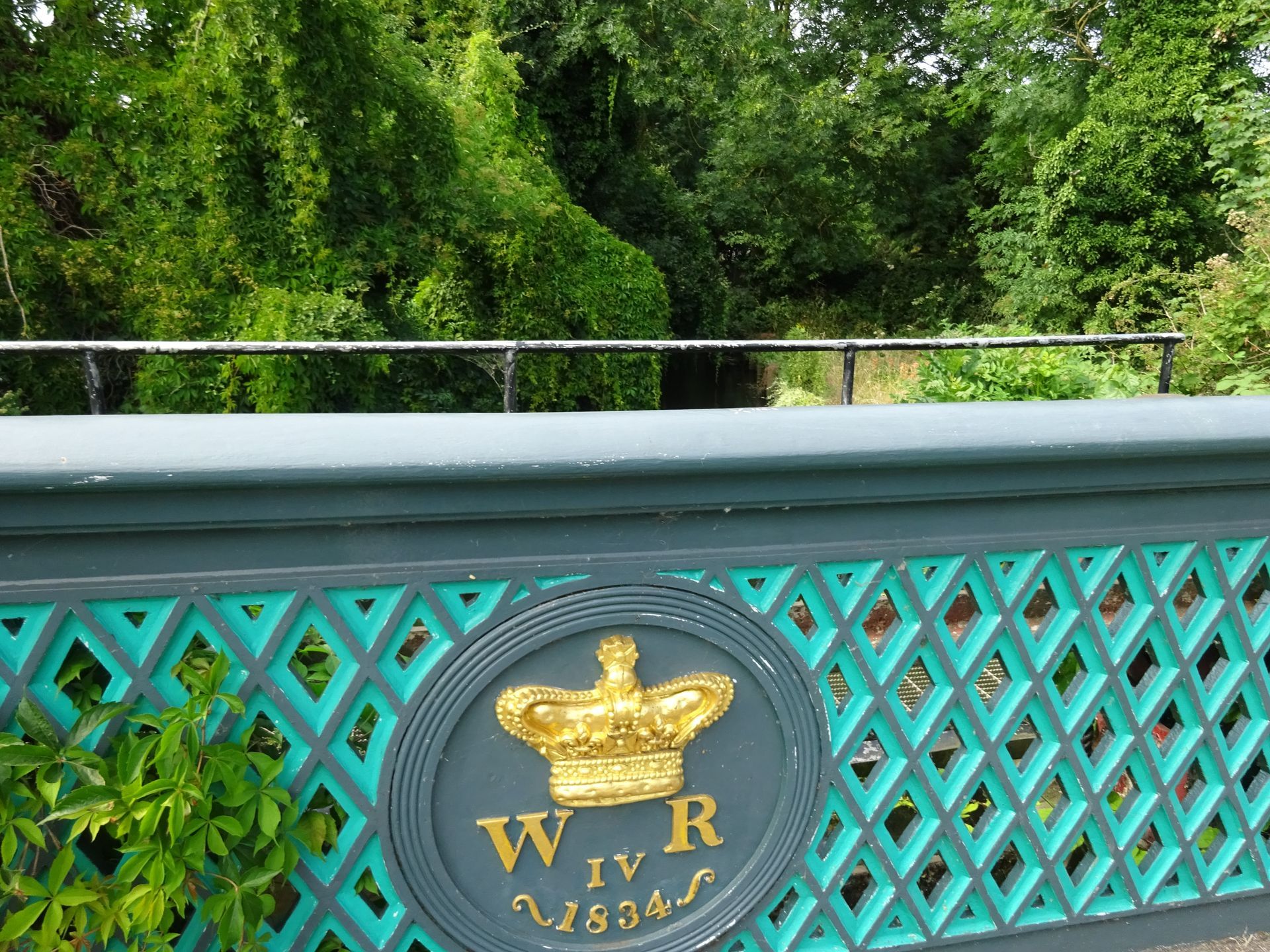The first day of Ascot, 19 June 1832, was a dull damp day as King William IV and Queen Adelaide drove down the race course in their carriage procession to watch the races from the Royal Stand. As the King got out of his carriage the military band struck up the National Anthem and he ascended the steps to the Royal Box as fast as his portly 66-year-old body would let him. The usual enthusiastic welcome was subdued and looking around he could see few of the familiar faces of his Lords with their ladies who usually attended. He was puzzled at first until he remembered that he had signed into law the Great Reform Act twelve days earlier. This Act, so long resisted by the House of Lords, reformed the electoral procedure, making the election of Members of Parliament a fair representation of the people. Was the poor attendance at Ascot a sign of disapproval of the King or just in response to the poor weather? Whatever the reason that day would be remembered for its violent turn of events.
Inspite of the weather and the poor welcome the King was determined to enjoy the racing. The first race, a short one with just two contestants, was easily won by the favourite, Ida. While they waited for the next race the Royal couple were in conversation with their guests when a one-legged dishevelled man, in tattered sailors clothing looking up at the royal box from the crowd below took a flint stone, the size of a potato, from his pocket and hurled the missile directly towards the King. The stone hit the monarch on the forehead just above the rim of his hat, which probably saved him from major injury. Nevertheless the sound of the impact was loud and the King was stunned and falling back, exclaiming “My God! I am hit!” just as another stone was thrown which missed the King and hit the woodwork. The King was led to a chair where he took off his hat and with the first sign of a bruise starting to appear declared himself unhurt, much to the relief of his party, some of whom had burst into tears in shock.
The would-be assassin was set upon and handed over to Bow-street officers (the police force at the time) who removed him to the magistrate’s room under the stand. When news of the attack permeated through the crowd they pushed forward towards the foot of the royal stand and their horror turned to relief when just minutes later the King made an appearance to show he was unharmed. The sight of such a large crowd bursting into elated cheers of relief moved the King to tears.
The perpetrator, now a subdued wretch awaiting his fate, was examined by the magistrates. He admitted the offence and insisted he had no accomplices. Witnesses, including some from the Royal party, gave evidence after which the Magistrates concluded this was an assassination attempt and therefore High Treason. He was sent to prison at Abingdon.
Meanwhile the King, now fully recovered, and the Queen, stayed watching the racing until nearly six o’clock in the evening. In contrast to their arrival when they departed from the royal stand they left to a crescendo of enthusiastic cheers from all classes. The event caused a wave of public affection for the King after months of division during the long political wrangling before the passing of the Reform Bill.
Although at the time the incident was regarded as a highly treasonable assassination attempt, subsequently historians have dismissed it as a minor stone-throwing incident caused by discontent over the Reform Bill, but it was more than that. It was a cry for help.
The would-be assassin, Dennis Collins was put on trial at Abingdon, on Wednesday, the 22nd of August. He was charged on several counts with assaulting his Majesty, with intent to kill and murder him, with intent to maim and disable him, and with intent to do him some grievous bodily harm. Prior to the trial there was a debate about his sanity and he himself said twice in his lifetime he had been confined as a lunatic, but he believed he suffered from a “hot and irritable temper” caused by the injustice he met from authority. Any suspicions about his state of mind were dispelled at his trial when he appeared dressed smartly and with a new wooden leg made for the occasion. In his defence the prisoner, clearly more intelligent than his initial appearance suggested, made a compelling speech in his own defence to the Court:
"I own myself in a great fault for throwing these stones at his Majesty. I was in Greenwich Hospital on the 16th of December last, as an in-pensioner. I had been there eighteen months. The ward-keeper was sweeping the place, and I told him he had no business to sweep it more than once a day; the boatswain's mate abused me, and I returned it. A complaint was then made to Sir Richard Keats (the Governor), and I was expelled for life. I petitioned to the Lords of the Admiralty to have the pension which I had before I went into the hospital restored to me. I am entitled to that pension by an Act passed in the reign of George IV. which entitles a pensioner to have the same pension which he had before he became an in-pensioner, unless he struck an officer, or committed felony, or did anything of the kind, which I did no such thing. On the 19th of last April I petitioned the King to have my pension restored. He answered by sending the petition to the Lords of the Admiralty, and Mr Barrow, the secretary, sent a letter to me at a public-house, the Admiral Duncan, with the same answer the King gave. The answer was that his Majesty could do nothing for me. This was partly in writing and partly in print. I had neither workhouse nor overseer to apply to, and had not broke my fast for three days; mere distress drove me to it. His Majesty never did me an injury, and I am exceedingly sorry I threw a stone or anything else at his Majesty. On the 17th of the present month I went to Admiral Rowley's; he swore at me and kicked me. I can only say I am very sorry for what I have done, and must suffer the law. They had no right to take my pension from me, to which I was entitled by Act of Parliament."
Dennis Collins, an Irish-born sailor, was 57 years old. He volunteered for the Navy In 1797 and served for just over two years before he lost his left leg in an accident whilst stowing the booms on HMS Atalanta. He then became a cook on several Royal Navy ships. He received a pension of £8 a year after losing his leg which was later increased to £14 year. He had been admitted to the Greenwich Hospital on five separate occasions, each time exhibiting unruly behaviour and being asked to leave. Since December 1831 he had been begging and now desperate and with no means of support he felt he had no hope and he might as well be shot or hanged. He made the long walk from London to Ascot to make a final protest to the King and let the authorities end his misery.
The Court heard his admission of being guilty of stone-throwing, and the extenuating circumstances, but as Judge Bosanquet told the jury, they had to decide if the act of throwing the stone was aimed at the King with the intention to cause injury, or whether the stone had accidentally caused injury. The jury returned a guilty verdict of intention to do harm to the King, a highly treasonable offence; the highest crime in the land. The whole Court was packed for the jury’s verdict. There was a collective shocked silence, with many people sympathetic to the prisoner’s plight, as the Judge placed the black cap on his head and said: “Dennis Collins you have been convicted after attentive consideration of your case, of the crime of High Treason, in devising and attempting to do some bodily harm to the person of your King and in lifting up your hand against your Sovereign, you have destroyed that bond of allegiance which binds the King to protect the subject, and the subject to obey the King; and it now becomes my painful duty to pronounce upon you the sentences of the law. It is not for my learned brother who sits by my side, and myself, to offer any prospect of remission by us of the sentence which the law passes upon you. You have stated that you are sorry for the offence you have committed; if so, you can only prove your sincere contrition and repentance to your Sovereign, who you have injured; it is to him alone you can apply and in him alone rests the power of sparing your forfeited life. The sentence of the Court upon you, Dennis Collins is, that you be drawn on a hurdle to the place of execution, where you are to be hanged by the neck until you are dead; your head is then to be severed from your body, which is to be divided into quarters, and to be disposed of as his Majesty shall think fit”. The prisoner betrayed no emotion as the sentence was announced. His greatest fear was that he would be acquitted. He had already said that “If my Priest would give me the Sacrament today I would a great deal be executed tomorrow than turned out into the world to undergo all the misery and starvation that I went through for six months before this happened.” The jurors, before leaving the court, drew up a petition to the King for clemency for the prisoner.
Most of the newspapers reported the trial in great detail, and there was national sympathy for Dennis Collins’ circumstances and a wish for his sentence to be commuted. The trial followed an inquiry into the circumstances of his expulsion from the Greenwich Hospital which exonerated the Governor after Collins was found to have been a rebellious inmate. Nevertheless the public were appalled by his death sentence, and for several days the newspapers were calling for commutation, which the King, a former sailor himself, commuted ten days later to a sentence of transportation for life. Dennis Collins was kept on a prison hulk on the Thames until he was put aboard the Emperor Alexander which left Sheerness on April 10 1833 arriving at Sullivan’s Cove, Van Diemen’s Land (Tasmania) four months later.
This was not the end of the story. Whilst awaiting trial Collins had been visited by a French lady who had purchased from him all his old clothes, including his wooden leg, and who had replaced them with a set of new clothes which he wore at his trial. By the end of September an advertisement appeared in the Hampshire Advertiser, that an exhibition was to be held at the Royal Victoria Archery Rooms, Southampton for a fortnight only where, for one shilling, visitors could promenade around a display of life-like figures of well-known persons. Among the new figures would be a full-length one of Dennis Collins, taken from life, “inhabited in the identical dress he had on when he made the atrocious attempt on his Majesty’s life.” The French woman who had visited Collins in prison was Madame Tussaud who with her sons made wax figures of famous and infamous people for public entertainment.
Madame Tussaud was not the only one to cash in on the notoriety of Dennis Collins. A publisher in Fleet Street was offering whole-length lithographic prints of Dennis Collins from a drawing by W.W. Waite for one shilling and six pence. W.W. Waite was a well-known Abingdon artist. This image was used in a publication detailing the life and trial of Dennis Collins as told to his solicitor. Even the Judge, Sir John Bernard Bosanquet, cashed in on the public interest in this trial by publishing his own account of the trial. Music hall comedians joked, “Dennis Collins was asked last week how near he was to the King at Ascot – ‘Within a stone’s throw’, he replied”. Poems were written about him, and for a while there was widespread public interest in his story, but Collins would not know about his notoriety. His imprisonment and transportation isolated him from all of it.
On arrival in Tasmania he was put to work on a chain gang in Port Arthur, a penal colony where the hardest criminals were sent. He wore leg irons and was made to do hard labour in horrible conditions. His behaviour did not improve and he was often punished by being put in solitary confinement. Two weeks after his last solitary confinement, on 1 November 1833, he died and was buried in the Wesleyan Churchyard at Port Arthur.
He had become a household name, but he was not around to know that. He had got his wish. As a felon he no longer had to go hungry or beg for shelter, but his life was still a misery.
Although the Dennis Collins story has disappeared from history books, it had unexpected consequences. The King, whose dithering earlier in the year over the government crisis had made him unpopular, was now reconciled in the public eye. The shock of knowing that the King might have died gave many members of government a jolt. They suddenly realised that if he died before the Princess Victoria came of age her Mother, the formidable Duchess of Kent, would become Regent, a situation nobody relished, so the monarch’s safety became an important issue.
Madame Tussaud’s astute opportunist purchase of Dennis Collin’s clothes enhanced her waxwork exhibition by tapping into the public’s curiosity about notorious figures. However she might not have foreseen that by giving Collins new clothes to wear at his trial, the public perception of the mariner changed. He was seen as no longer a villain but a character who needed sympathy.
Would-be lawyers can now learn from the published papers of the trial itself which as a text book can be found in law school libraries all over the world, and which is still in print today. The old prison buildings at Port Arthur, Tasmania, which ceased being a prison in 1877, are now a World Heritage Site and tourist attraction. Britain might have forgotten Dennis Collins, but the Tasmanians have not. Recently a play by Richard Davey called “The man who threw a stone”, based on his story, was performed at the very prison where he ended his days.
Share
For more stories about King William IV and Queen Adelaide read my book:
"Longford: A Village in Limbo"
For a “Look Inside” option for this book go to
